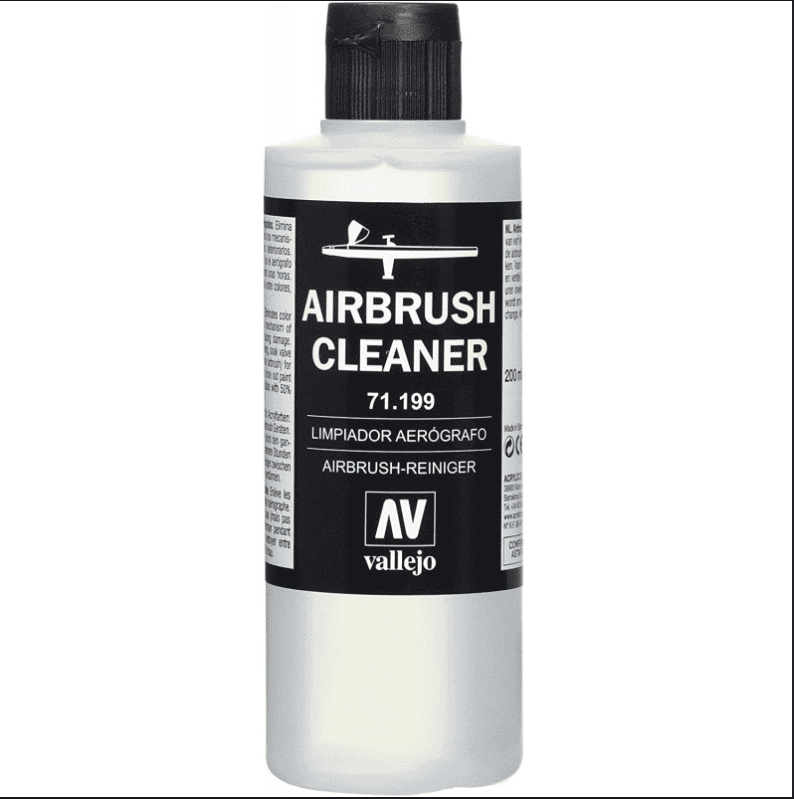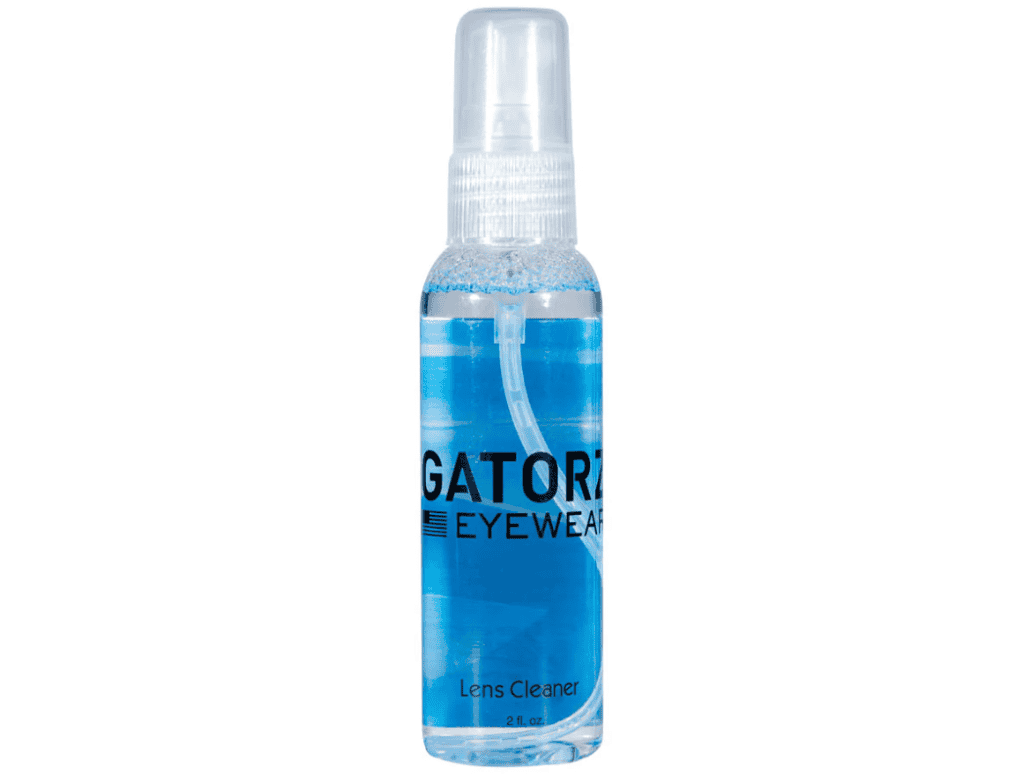Artificial turf, a popular alternative to natural grass, requires regular maintenance to maintain its appearance and performance. Artificial turf cleaners and vacuum cleaners are essential tools for keeping artificial turf clean, free of debris, and looking its best.
Artificial turf cleaners are specifically formulated to remove dirt, stains, and odors from artificial turf. They are available in various forms, including liquids, powders, and granules. Some cleaners contain enzymes that break down organic matter, while others use surfactants to dissolve dirt and grime.
Artificial Turf Vacuum Cleaners
Artificial turf vacuum cleaners are designed to remove loose debris, such as leaves, twigs, and dust, from artificial turf. They typically feature specialized brushes or attachments that gently agitate the turf fibers without damaging them. Some vacuum cleaners also have suction capabilities to remove smaller particles.
Best artificial turf cleaner
The best artificial turf cleaner depends on the specific needs of the turf and the type of debris being removed. Factors to consider include the cleaner’s effectiveness, safety, and ease of use.
artificial turf enzyme cleaner
Artificial turf enzyme cleaners use enzymes to break down organic matter, such as pet urine, feces, and food spills. They are particularly effective at removing odors and stains caused by biological contaminants.

Best Artificial Turf Cleaner: Top Picks for Effective and Safe Cleaning
Maintaining the pristine condition of artificial turf requires regular cleaning to remove dirt, debris, and organic matter. Choosing the right cleaner is crucial to ensure effective cleaning without damaging the turf fibers.
Types of Artificial Turf Cleaners
- Enzyme Cleaners: These cleaners contain enzymes that break down organic matter, such as pet urine and feces. They are eco-friendly and safe for use around children and pets.
- Detergent Cleaners: These cleaners use detergents to remove dirt and grime. They are typically more affordable than enzyme cleaners but may not be as effective at removing organic matter.
- Pressure Washers: Pressure washers can be used to remove stubborn dirt and debris. However, it’s important to use a low-pressure setting to avoid damaging the turf fibers.
Top Picks for Artificial Turf Cleaners
- Petzyme artificial turf cleaner: An enzyme cleaner specifically designed for artificial turf. It effectively removes pet urine and feces, leaving the turf odor-free.
- Simple Green artificial turf cleaner: A detergent cleaner that is safe for use on all types of artificial turf. It removes dirt, grime, and algae without leaving a residue.
- Ryobi artificial turf vacuum cleaner: A specialized vacuum cleaner designed for artificial turf. It features a rotating brush that loosens dirt and debris, making it easy to remove.
Choosing the Right Cleaner
When selecting an artificial turf cleaner, consider the following factors:
- Type of Turf: Different types of artificial turf may require specific cleaners.
- Level of Dirt and Debris: The amount of dirt and debris on the turf will determine the strength of the cleaner needed.
- Presence of Pets: If pets use the turf, an enzyme cleaner is recommended to remove pet waste.
- Budget: Artificial turf cleaners vary in price. Determine a budget before making a purchase.
Safe Cleaning Practices
- Always follow the manufacturer’s instructions for use.
- Test the cleaner on a small area of turf before applying it to the entire surface.
- Rinse the turf thoroughly after cleaning to remove any residue.
- Avoid using harsh chemicals or abrasive cleaners, as they can damage the turf fibers.
By choosing the right artificial turf cleaner and following safe cleaning practices, you can keep your artificial turf looking its best for years to come.

Artificial Turf Enzyme Cleaner: Break Down Organic Matter for a Pristine Lawn
Artificial turf has become increasingly popular due to its low maintenance and year-round green appearance. However, like natural grass, artificial turf can accumulate organic matter, such as pet waste, pollen, and dirt, which can lead to odors, discoloration, and a decline in the turf’s performance.
To maintain a pristine artificial lawn, regular cleaning is essential. Traditional methods, such as sweeping or hosing down the turf, can remove surface debris but often fail to address the underlying organic matter. This is where artificial turf enzyme cleaners come into play.
Enzyme cleaners are specially formulated to break down organic matter at a molecular level. They contain enzymes, which are proteins that act as catalysts, accelerating the decomposition process. When applied to artificial turf, enzyme cleaners penetrate the fibers and begin to digest the organic matter, converting it into harmless compounds that can be easily rinsed away.
The benefits of using an artificial turf enzyme cleaner are numerous. First and foremost, it effectively removes odors caused by pet waste and other organic matter. By breaking down the source of the odor, enzyme cleaners eliminate the unpleasant smell, leaving your lawn smelling fresh and clean.
Secondly, enzyme cleaners help to prevent discoloration and staining. Organic matter can cause artificial turf to become discolored or stained over time. Enzyme cleaners prevent this by breaking down the organic matter before it has a chance to penetrate the fibers and cause damage.
Thirdly, enzyme cleaners improve the overall performance of artificial turf. By removing organic matter, enzyme cleaners allow the turf to drain properly, preventing waterlogging and the growth of mold and mildew. They also help to keep the turf fibers soft and pliable, ensuring a comfortable and safe playing surface.
When choosing an artificial turf enzyme cleaner, it is important to select a product that is specifically designed for this purpose. Some general-purpose enzyme cleaners may not be effective on artificial turf, as they may contain ingredients that can damage the fibers.
To use an artificial turf enzyme cleaner, simply mix the product with water according to the manufacturer’s instructions and apply it to the turf using a sprayer or watering can. Allow the cleaner to sit for the recommended amount of time, then rinse the turf thoroughly with water.
Regular use of an artificial turf enzyme cleaner is essential for maintaining a pristine lawn. By breaking down organic matter, enzyme cleaners eliminate odors, prevent discoloration, and improve the overall performance of the turf. With proper care and maintenance, your artificial lawn can remain beautiful and functional for years to come.

Artificial Turf Vacuum Cleaner: The Ultimate Solution for Debris and Pet Hair
Artificial turf has become increasingly popular due to its durability, low maintenance, and aesthetic appeal. However, keeping artificial turf clean and free of debris and pet hair can be a challenge. Traditional methods, such as sweeping or hosing down the turf, can be time-consuming and ineffective. Fortunately, artificial turf vacuum cleaners offer a convenient and efficient solution for maintaining a pristine artificial turf surface.
Artificial turf vacuum cleaners are specifically designed to remove debris, dirt, and pet hair from artificial turf fibers. They feature powerful suction and specialized brushes that gently agitate the turf, dislodging even the most stubborn particles. Unlike traditional vacuums, artificial turf vacuum cleaners are designed to avoid damaging the turf fibers, ensuring the longevity of your investment.
When choosing an artificial turf vacuum cleaner, consider the size of your turf area and the type of debris you typically encounter. For smaller areas, a handheld or lightweight vacuum cleaner may suffice. For larger areas or heavily soiled turf, a more powerful upright or canister vacuum cleaner is recommended.
Artificial turf enzyme cleaners are another effective tool for maintaining a clean and odor-free artificial turf surface. Enzyme cleaners contain live bacteria that break down organic matter, such as pet urine and feces, which can cause unpleasant odors and stains. By regularly applying an enzyme cleaner to your artificial turf, you can eliminate odors and prevent the buildup of harmful bacteria.
To use an artificial turf enzyme cleaner, simply mix the solution according to the manufacturer’s instructions and apply it to the affected area. Allow the solution to sit for the recommended amount of time, then rinse the area thoroughly with water. Enzyme cleaners are safe for use on artificial turf and will not damage the fibers.
By investing in an artificial turf vacuum cleaner and using an artificial turf enzyme cleaner, you can effectively remove debris, pet hair, and odors from your artificial turf surface. This will not only enhance the appearance of your turf but also extend its lifespan and provide a healthier and more enjoyable outdoor space for you and your family.
Artificial Turf Cleaner: A Comprehensive Guide to Maintaining Your Synthetic Lawn
Artificial turf has become increasingly popular due to its low maintenance and durability. However, like any surface, it requires regular cleaning to maintain its pristine appearance and extend its lifespan. This guide will provide a comprehensive overview of artificial turf cleaners, including their types, benefits, and how to choose the best one for your needs.
Types of Artificial Turf Cleaners
There are two main types of artificial turf cleaners: enzyme cleaners and non-enzyme cleaners. Enzyme cleaners contain enzymes that break down organic matter, such as pet urine and feces, while non-enzyme cleaners rely on surfactants to remove dirt and debris. Enzyme cleaners are generally more effective at removing stubborn stains and odors, but they can be more expensive than non-enzyme cleaners.
Benefits of Using an artificial turf cleaner
Regularly cleaning your artificial turf offers numerous benefits, including:
- Improved appearance: A clean turf surface enhances the overall aesthetics of your outdoor space.
- Extended lifespan: Proper cleaning removes dirt and debris that can damage the turf fibers, prolonging its life.
- Reduced odors: Enzyme cleaners effectively eliminate pet odors, creating a more pleasant environment.
- Improved drainage: Cleaning removes debris that can clog drainage holes, ensuring proper water flow.
Choosing the Best artificial turf cleaner
When selecting an artificial turf cleaner, consider the following factors:
- Type of turf: Different types of artificial turf may require specific cleaners. Consult the manufacturer’s recommendations.
- Level of soiling: If your turf is heavily soiled, an enzyme cleaner may be more effective.
- Budget: Enzyme cleaners tend to be more expensive than non-enzyme cleaners.
- Environmental concerns: Some cleaners may contain harsh chemicals. Choose eco-friendly options if desired.
artificial turf vacuum cleaner
In addition to using a cleaner, a specialized artificial turf vacuum cleaner can effectively remove loose debris and dirt. These vacuums are designed with soft brushes that gently agitate the turf fibers without damaging them. Regular vacuuming helps maintain a clean and well-groomed surface.
Conclusion
Maintaining your artificial turf with the right cleaner and vacuum cleaner is essential for its longevity and appearance. By following the guidelines outlined in this guide, you can choose the best artificial turf cleaner for your needs and ensure that your synthetic lawn remains a beautiful and functional addition to your outdoor space.
Q&A
1. What is an artificial turf cleaner?
A cleaning solution specifically designed to remove dirt, debris, and stains from artificial turf surfaces.
2. What is an artificial turf vacuum cleaner?
A specialized vacuum cleaner with brushes or attachments designed to effectively clean artificial turf surfaces.
3. What is the best artificial turf cleaner?
The best cleaner depends on the specific type of turf and the nature of the stains or dirt. Some popular options include enzyme-based cleaners, soap-based cleaners, and degreasers.
4. What is an artificial turf enzyme cleaner?
A type of artificial turf cleaner that uses enzymes to break down organic matter, such as pet urine, feces, and food spills.
Conclusion:
Artificial turf cleaners, vacuum cleaners, and enzyme cleaners are essential tools for maintaining the cleanliness and longevity of artificial turf surfaces. By effectively removing dirt, debris, and organic matter, these products help prevent the growth of bacteria, mold, and algae, ensuring a safe and aesthetically pleasing environment. Regular cleaning with the appropriate products is crucial for preserving the integrity and performance of artificial turf, extending its lifespan and maximizing its value.



